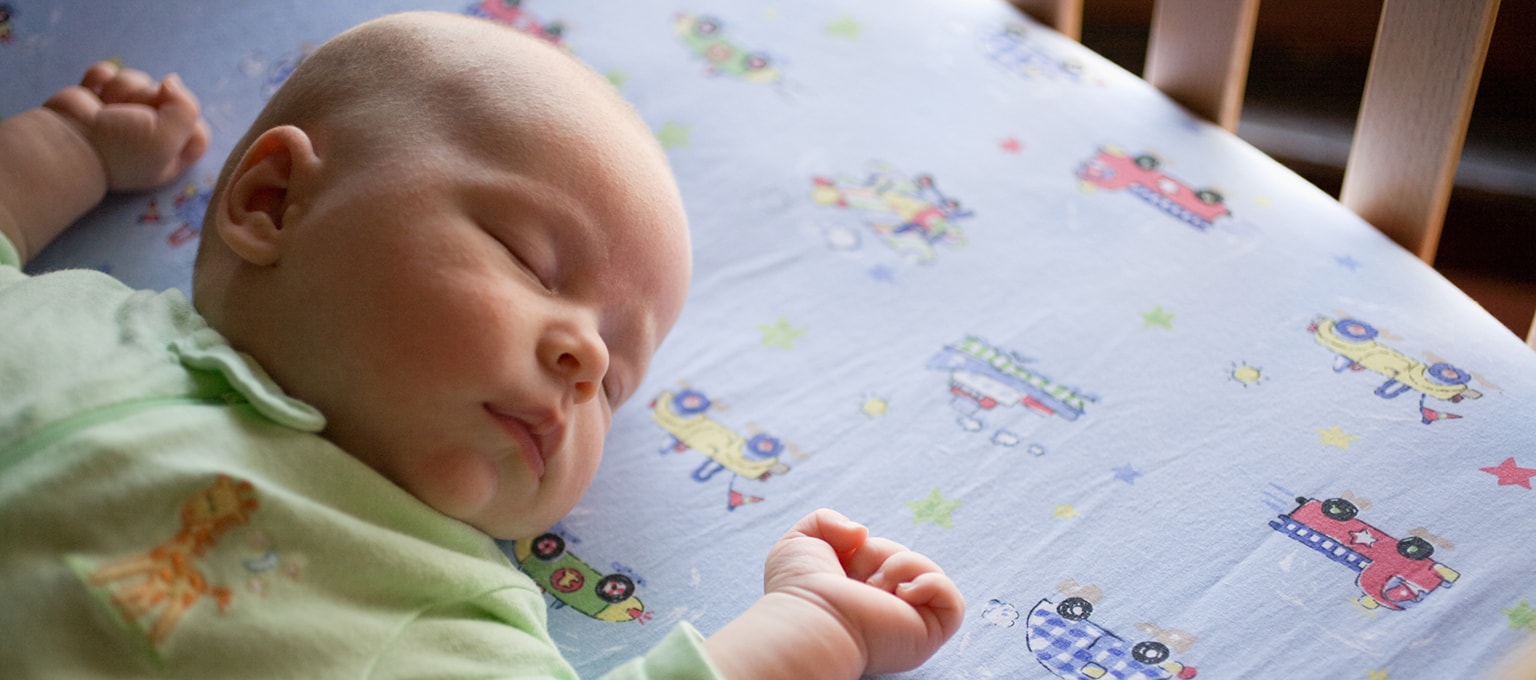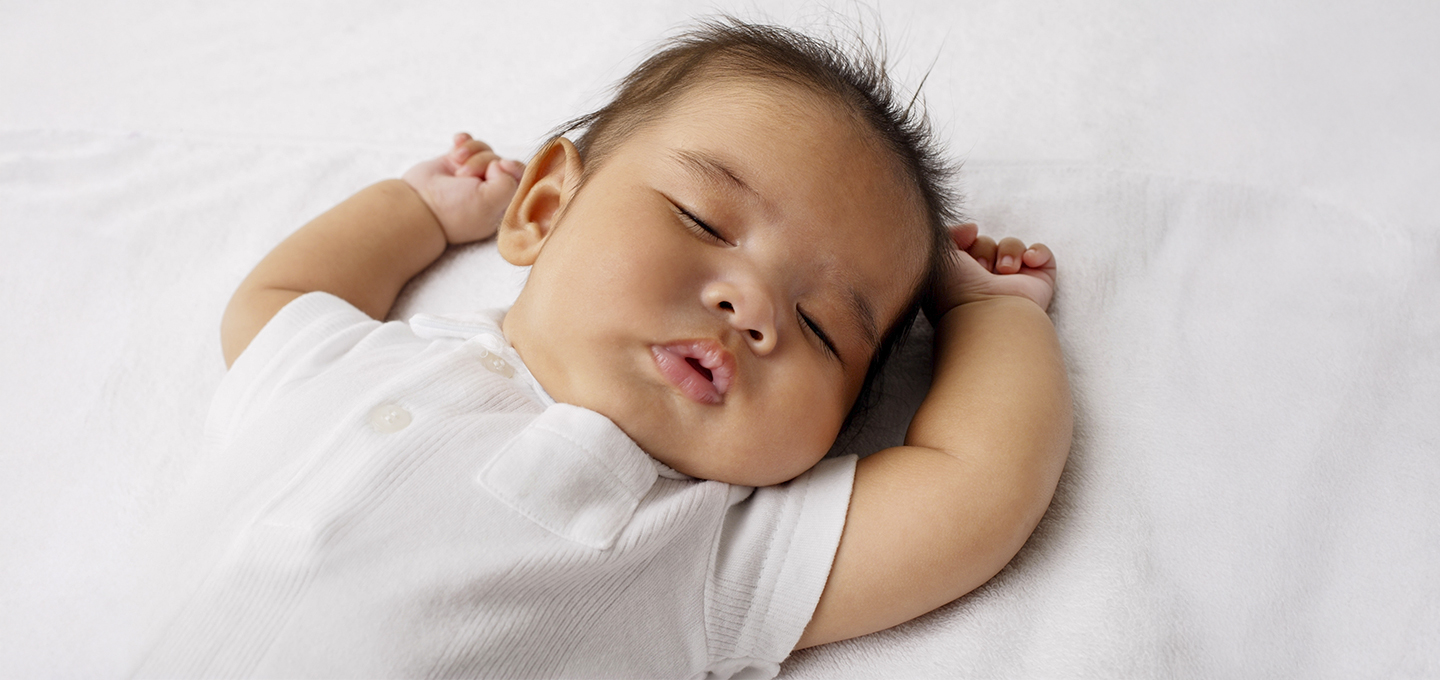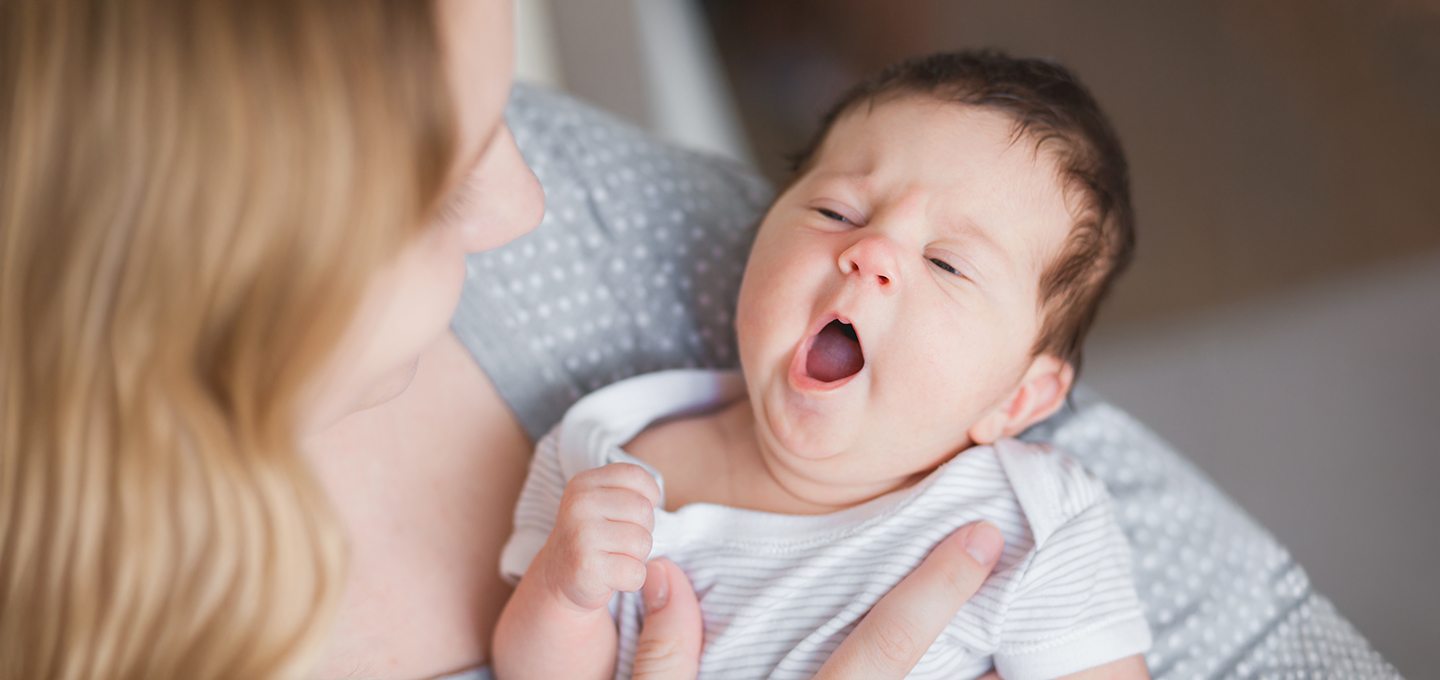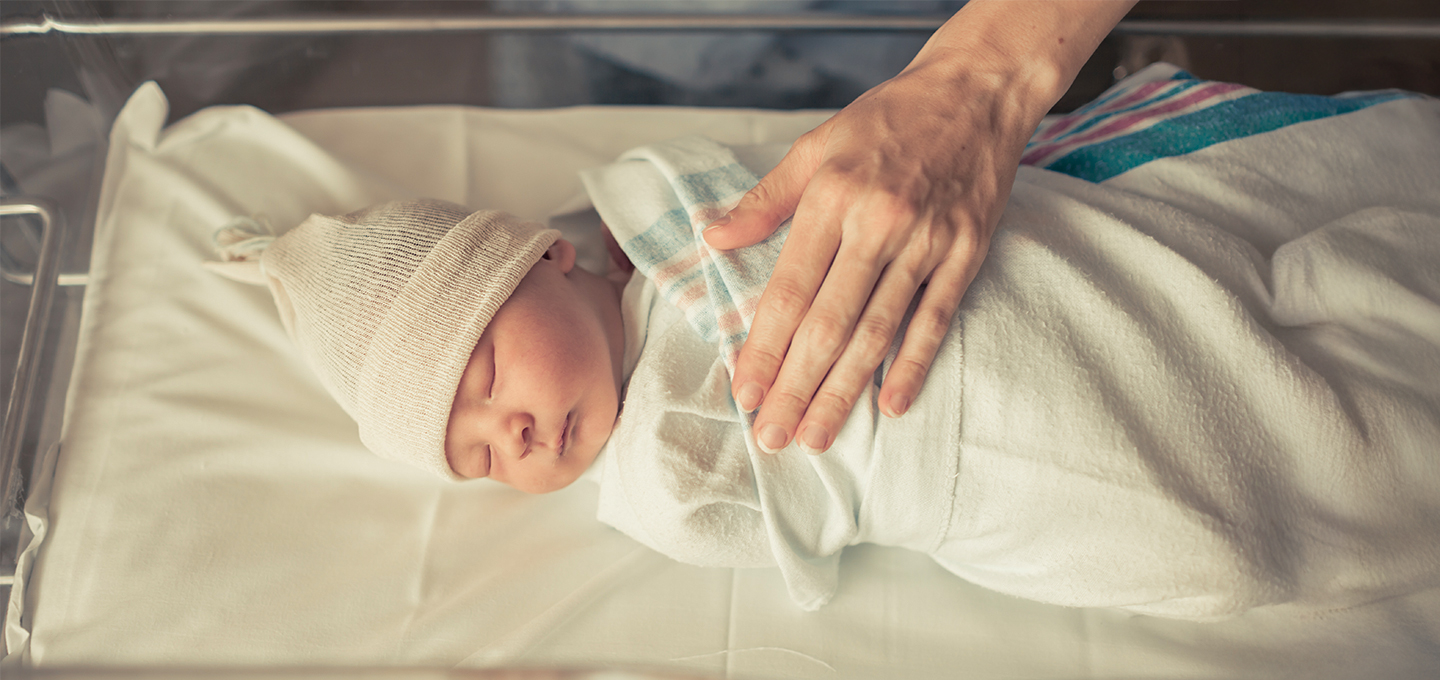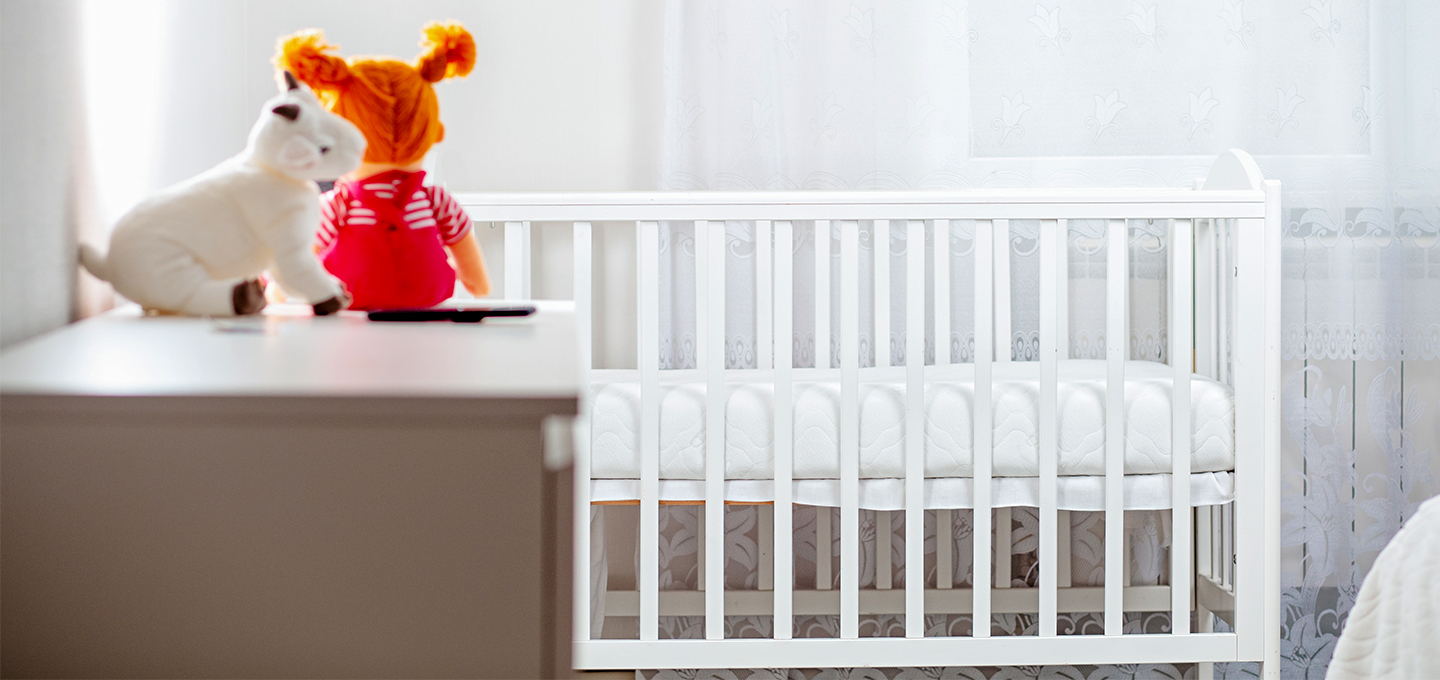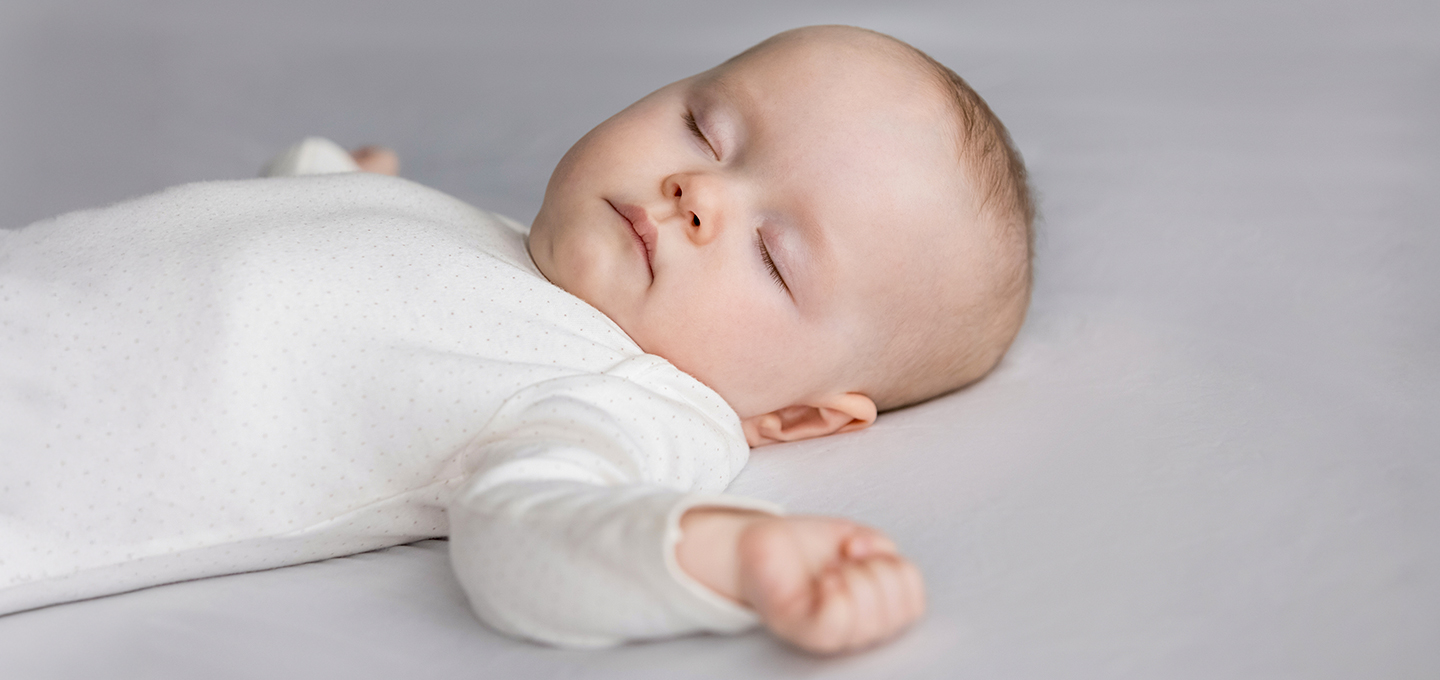
What’s the Best Room Temperature for a Sleeping Baby?


Key Takeaways for better baby sleep
One of the key ways to help your baby sleep better and longer is by maintaining a temperature of 68-72°F. Multiple studies, and our own experiences, show this is the ideal temperature for nurturing your baby’s sleep. It’s not too hot and not too cold – the Goldilocks number. Plus, as we explain below, maintaining this temperature helps reduce overheating and SIDS.
Additional information here includes how to put your baby safely in the crib and why you should keep your baby in your room for at least the first six months Also, to help keep your baby resting happily and healthily, follow these other guidelines: back to sleep, no toys, blankets, or pillows, and avoid overdressing your baby.
Baby sleep temperature is just one of many important factors in supporting a healthy sleep environment, if you're looking for additional guidance on everything sleep download the Smart Sleep Coach by Pampers™ app. It's jam packed with expert led classes as well as tools to help get sleep on track. Best of all, the smart sleep schedule updates automatically with each sleep tracked to be in tune with baby’s unique sleep rhythm.
Looking for help today? Take this FREE sleep assessment.
Finding the optimal sleep temperature for infants is important for their safety, comfort, and quality of rest. Experts recommend that a baby’s room be neither too hot nor too cold (around 68–72°F). This helps reduce the risk of overheating and sudden infant death syndrome (SIDS). Maintaining this room temperature for newborns helps regulate their body heat, promoting deeper, more restful sleep.
Key Takeaways:
Here’s a quick guide:
Temperature (°F) | Clothing Suggestion |
|---|---|
68–72 | Light sleep sack or footed onesie |
Below 68 | Add a layer (e.g., long-sleeve bodysuit) |
Above 72 | Use lighter clothing |
Understanding the best temperature for sleep can help you create a safer environment for your little one. In the sections below, we’ll explore how to monitor and maintain the right temperature, choose appropriate sleepwear, and recognize signs of discomfort in your baby.
Ideal Temperature for Your Baby’s Room
Did you know that temperature significantly impacts the quality of your baby’s sleep? So, what’s the best temperature for sleep? Finding that sweet spot can seem tricky, but a general rule of thumb is to keep your baby’s room at a temperature that a lightly clothed adult would find comfortable. This means maintaining the optimal sleeping temperature for your newborn to ensure they sleep soundly and safely.
In the U.S., trusted sources like the American Academy of Pediatrics (AAP) support keeping the baby’s room between 68 and 72 °F (approx. 20 and 22 °C) for safe and restful sleep. This range is often described as the best room temperature for a sleeping baby and aligns with “comfortable for a lightly clothed adult.”
Temperature is just one part of the sleep story. The Smart Sleep Coach app by Pampers is created by baby sleep experts to help your little one rest better.
Why Setting the Ideal Temperature Is Important for Your Baby
When your baby’s room temperature is too high or too low, they might not sleep as long or as well. Keeping your baby’s room at the ideal baby sleep temperature can help foster the quantity and quality of sleep necessary for healthy development. So, how does room temperature affect sleep?
How to Keep the Right Room Temperature for Your Baby
Wondering how to regulate the room temperature for your baby? Here are a few tips:
Use a reliable room thermometer placed near your baby’s sleep area (but not directly in sunlight or draft).
Keep the thermostat set so the room stays within 68-72 °F (20-22 °C). Adjust seasonally (air-conditioning during hot weather; heating during cold), but avoid overcorrecting.
Avoid placing the crib near heaters, radiators, windows with direct sun, or vents that blow hot/cold air.
Ensure air circulation: ceiling fans, fans set to circulate, or safe cross-ventilation help maintain even temperature without overcooling.
Dress your baby appropriately (see below), rather than relying on heavy bedding or blankets.
Here are some common questions from parents…
Do babies sleep better in warm or cool rooms?
Cooler rooms within the recommended range (68–72°F) generally promote deeper sleep and reduce the risk of overheating.
Should the heat stay on in the nursery overnight during colder months?
You can use heat overnight if it maintains a consistent 68–72°F. Use a room thermometer and avoid direct heat sources or overdressing.
Signs Your Baby Is Too Hot While Sleeping
Knowing what temperature is too hot for a baby to sleep requires observing your baby’s behavior and physical signs. Here’s how to tell if your baby is too hot at night or too hot in their swaddle:
Sweating or damp skin, especially on the head or back of the neck
Flushed, red skin or heat rash
Rapid breathing or panting
Restlessness, more frequent waking
Baby’s chest feels hot to the touch
Possibly damp hair at the nape if sweating
Discomfort, fussy behavior.
The AAP advises caregivers to check for signs like sweating or a hot chest. These are signals that overheating may be occurring. If you’re worried that your baby seems hot or feverish or is becoming overheated even when the room’s temperature is cool and comfy, contact your baby’s healthcare provider right away for expert advice.
Signs Your Baby Is Too Cold at Night
Here’s how to tell if your baby is cold at night:
Skin (especially chest/back of neck) feels cool or cold to the touch
They may be more lethargic, fussy, or wake frequently due to discomfort
Pale skin, possibly lips appear slightly bluish (in extremities; core temperature more important)
Shivering (though newborns may not always shiver clearly)
Extremities (hands, feet) are very cold, though these are less reliable indicators than core temperature.
If you observe these, increase layers, use warmer sleepwear, or raise the room temperature a bit.
How to Dress Your Baby for Sleep
Figuring out how to dress your baby for sleep can feel a bit daunting, especially when seasons change or your baby’s cues aren’t clear. If you're wondering, “What do newborns sleep in?” and you want to find the best infant sleep clothing or how to layer correctly for summer or winter, keeping your baby safe and comfortable is key. Let's explore how to dress your infant for sleep year-round.
Should a Newborn Wear a Hat to Sleep?
No, it’s generally not recommended for babies to wear hats indoors once they’re home from the hospital. The AAP recommends not covering your baby’s head or face during sleep because infants lose heat through their head, and covering it adds risk for overheating. Hats are only appropriate in some hospital or transport settings when needed for warmth, but not in normal crib sleep.
How Many Layers Should a Newborn Sleep in?
A good rule of thumb: dress your baby in one more layer than you would wear to sleep in comfortably. If you’re comfortable in a t-shirt and lightweight pajamas, your baby might have a onesie plus a sleep sack for their baby sleep layers, depending on the room temperature.
Use sleep clothing/sleep sacks (wearable blankets) instead of loose blankets as a layer for your newborn when sleeping.
Adjust based on season: lighter breathable fabrics in summer; warmer fabrics in winter—but avoid overbundling.
Along with pajamas and sleep sacks, make sure your baby is wearing a trusted nighttime diaper to help them stay dry and comfortable. Pampers Zzz Diapers are designed for overnight use, with extra absorbency to keep your baby dry for up to 12 hours, helping reduce wakeups due to leaks or discomfort. Say goodnight to overnight wakeups with Pampers ZZZ!
Baby Sleep Temperature Chart
When you dress your baby for sleep, you might decide to use baby sleep sacks or clothing with different TOG (Thermal Overall Grade) ratings based on the room temperature. In general, thinner, lighter fabrics have a lower TOG rating, whereas thicker and warmer fabrics have higher TOG ratings, such as 2.5 or 3.5 TOG.
Check out our TOG chart for babies to help you choose the best sleepwear for the optimal infant sleep temperature:
Note: U.S. recommendations (AAP, CDC) don’t always specify TOG ratings in their policy, but use layering guidance (one more than parent) and avoid hats or loose cover.
Here are some common questions from parents…
Can baby monitors track room temperature too?
Many modern baby monitors include a temperature sensor, which is a great way to keep an eye on the nursery’s comfort level in real time.
Are baby sleep sacks better than blankets for regulating temperature?
Yes. Sleep sacks keep babies warm without the risks that loose blankets pose and help maintain a consistent sleep temperature.
6 Steps to Keep Your Baby Comfortable During Sleep
In addition to keeping a comfy room temperature, here are five steps you can take that align with the safe sleep guidelines for infants. Here’s how to help keep your baby safe and cozy as they sleep:
For more insights on creating a safe sleep environment, check out this guide on safe sleep for babies.
FAQS AT A GLANCE
Your baby’s room should feel comfortable to you but on the cool side, with good circulation. Maintaining the ideal room temperature for your newborn helps ensure safe and restful sleep. Make sure your baby's crib isn't placed next to a radiator or a window.
The Bottom Line
Good sleeping habits are important for your baby’s well-being. Fortunately, if their room is kept at the ideal baby sleep temperature, they’re more likely to sleep safely and comfortably.
When your baby sleeps, so can you! That's just one of many reasons to aim for a comfortable environment that helps your little one nod off more easily and stay asleep longer.
And if you haven’t already, download the Pampers Rewards app to earn rewards for your Pampers purchases.
- AAP Publications: Evidence Base for 2022 Updated Recommendations for a Safe Infant Sleeping Environment to Reduce the Risk of Sleep-Related Infant Deaths
- CDC: Providing Care for Babies to Sleep Safely
- Children’s Hospital of Philadelphia: Warmth and Temperature Regulation
- Healthy Children: How to Keep Your Sleeping Baby Safe: AAP Policy Explained
- National Library of Medicine: Creating a Safe Sleep Environment for Your Baby
- NIH Pub: What Does a Safe Sleep Environment Look Like?
- Sleep Foundation: What Is the Best Room Temperature for a Sleeping Baby?
